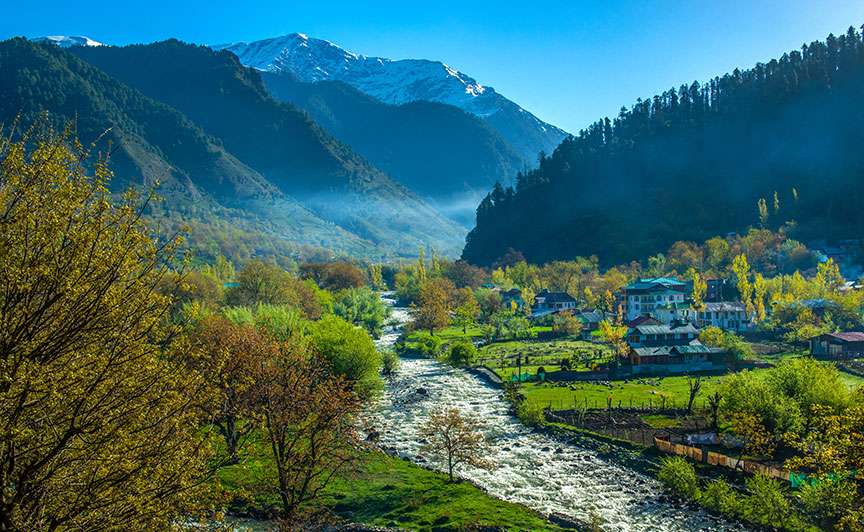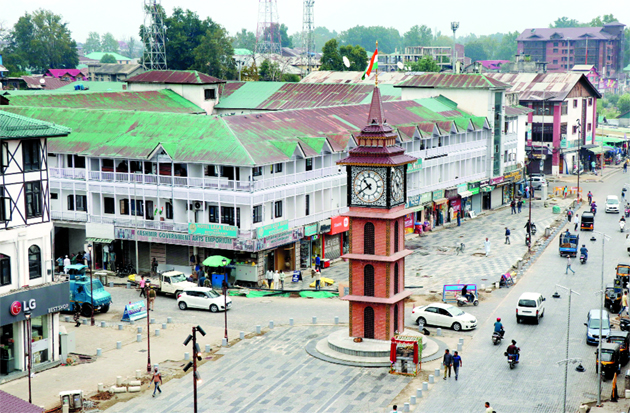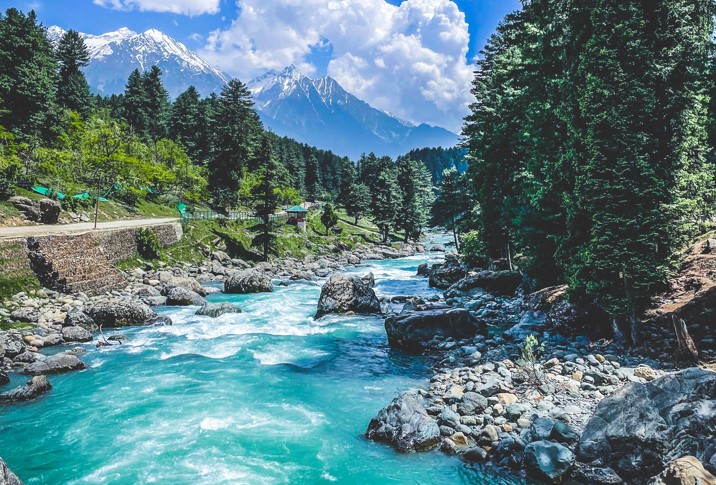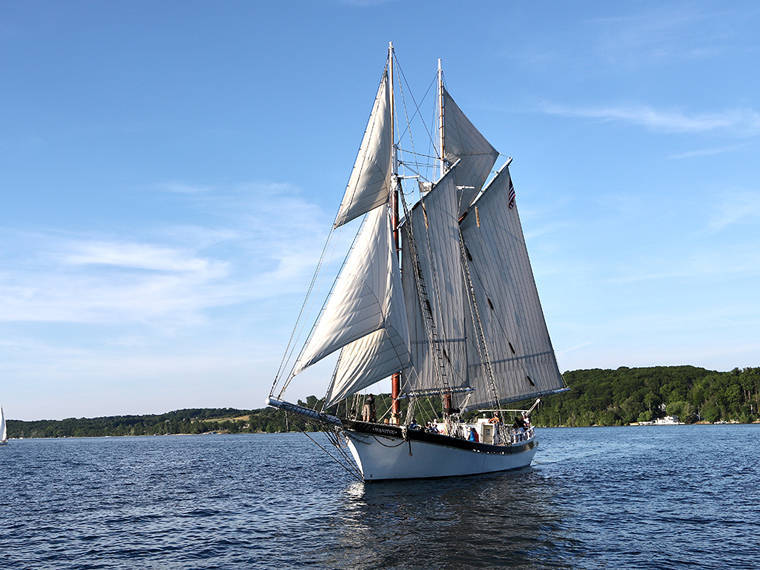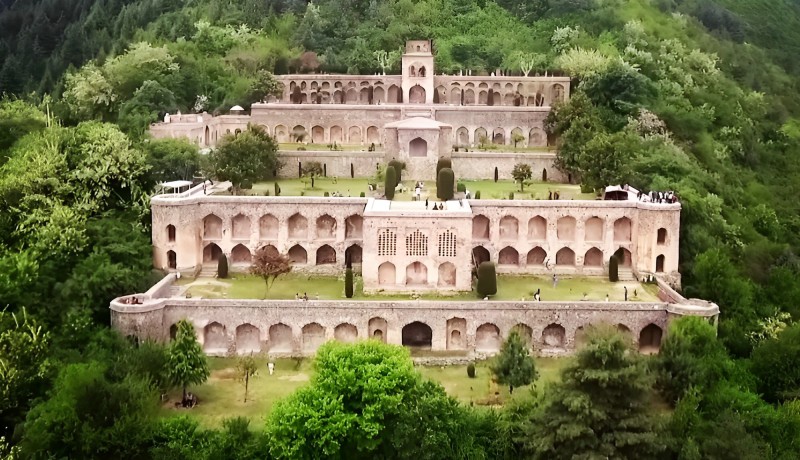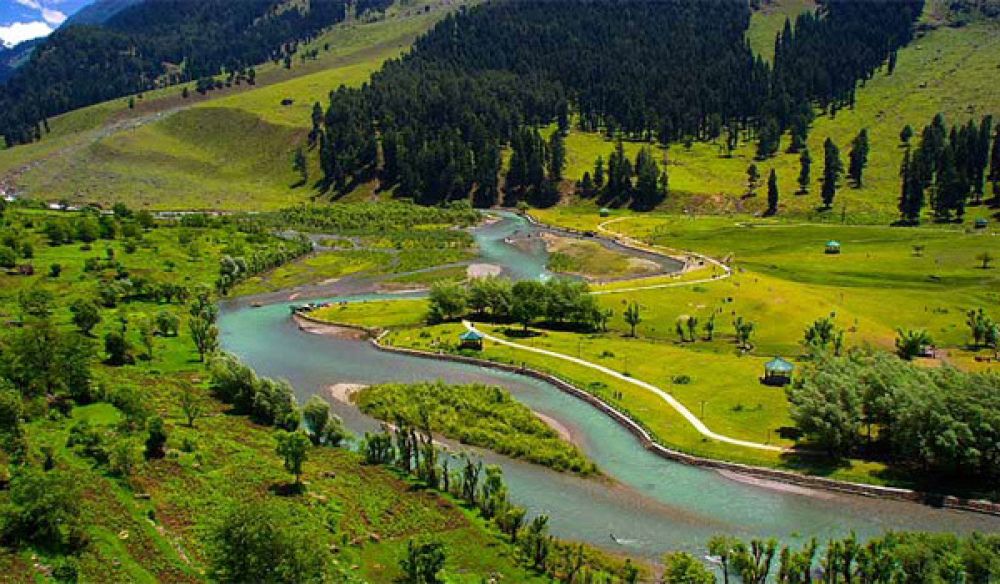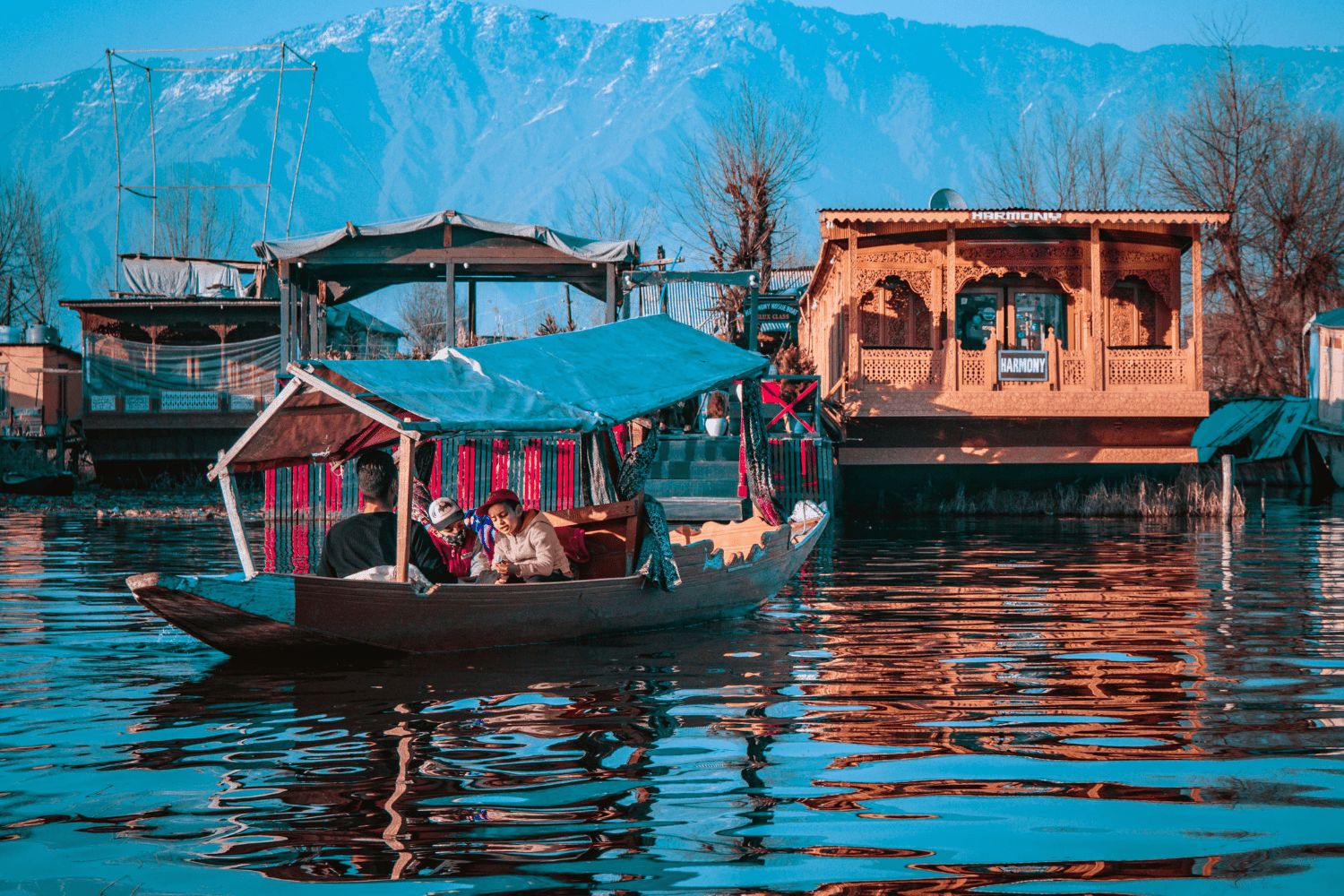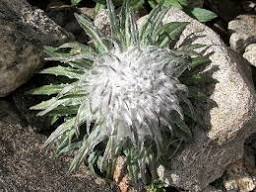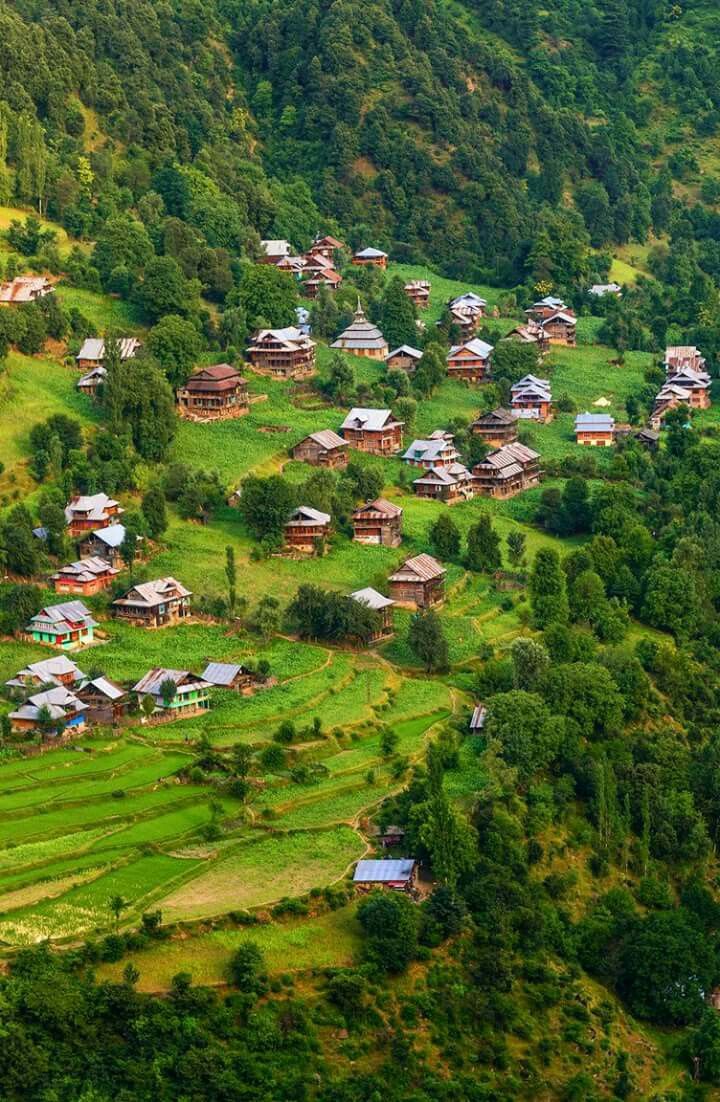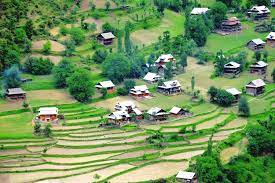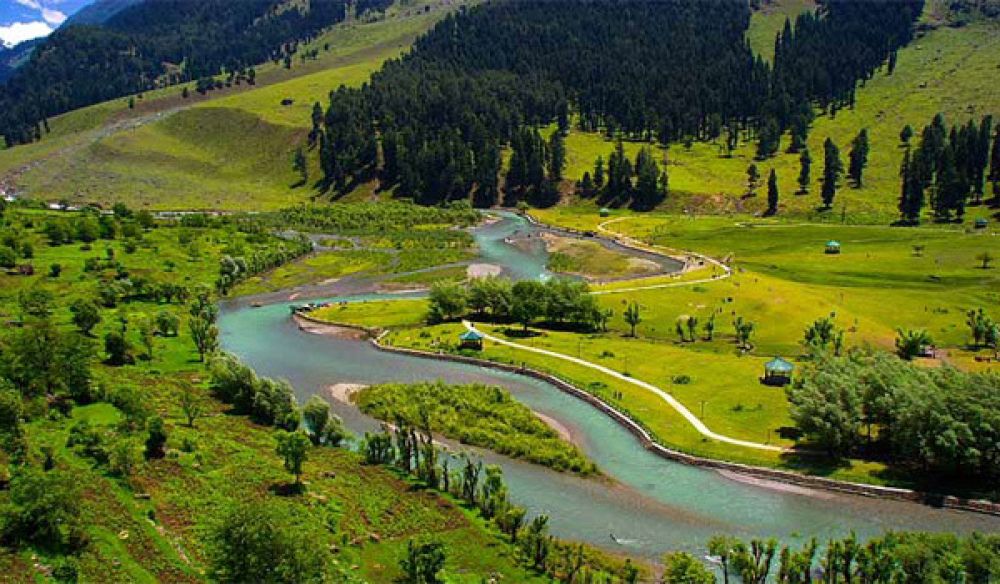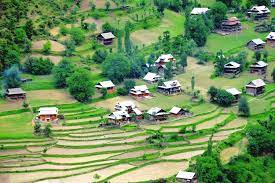Pahalgam
Pahalgam, which is one of the best tourist spots, is a town as well as a popular committee located in the district of Jammu and Kashmir. The famous hill station is filled with tourists throughout the year and is established over the Lidder River bank with an elevation of 7200 ft from above the sea level. This place is just 45 kms away from the district headquarters of Anantnag district.
One of the most stunning places is the meadow of Baisaran, which is surrounded by the thick wooded pine forest. And when you are on the way to Chandanwari, you can stop by Hajan, an idealistic picnic spot. Moreover, film lovers will definitely remember the place, as it is the superb spot of film shooting. The Pahalgam city has at least 8 small villages, amongst which is the 'Mamal', which is famous for the Lord Shiva Temple. It is said to be the ancient temple in the entire Kashmir, and the temple belongs to the 5th Century.
Pahalgam is also well connected with the annual Amarnath Yatra. While, Chandanwari which is 16 kms away from Pahalgam, is the yatra’s starting point. This event is carried every year during the sawan month (July to August). Tourists will find a fair track by car from Pahalgam to Chandanwari. Then from Chandanwari, it is easy to trek to the Mountain lake of Sheshnag which is just 11 kms far from Chandanwari. Later from Sheshnag, it is just 13 kms to reach Panchtarni. Finally from Panchtarni, it is just 6 kms to reach Amarnath cave, the last destination of your trip. During the sawan month, tourists can watch and enjoy the ice formed in the form of Shivling (a natural Shivling).
Best time to visit
The best time to visit Pahalgam is during the month of March till November. Summers are very cool in Pahalgam, and winters are found to be very cool. However, you can check the different climatic conditions whenever you want to visit Pahalgam’s climatic conditions.
March to June: March seems to be very cool; while from April starts the summer season. During the month of April, the climate is very pleasant and cool for sightseeing, and temperature usually varies from 25 degree Celsius to 11 degree Celsius. This is the best tourist season that occurs to be an ideal month for the tourists of the Amarnath Yatra.
July to September: These months represents the monsoon season in the Pahalgam. The city has very little rainfall, and one can find the humid weather during the day. Even tourists who visit to Amarnath Yatra visit this place, as these months are ideal for the outdoor activities.
October to February: October denotes the winter season in Pahalgam, that suddenly changes to the temperature which is followed by the chilly winds. If you love the snowy season, you must visit Pahalgam during this peak winter season that lies between December and January.
Geography and Climate
Pahalgam, a beautiful hill station that lies in the north of India (Jammu & Kashmir), is just a small region which is covered by the snow-clad mountain peaks, and a white water that moves at the bottom of the narrow valley.
The place is established at latitude of 34.03° N and longitude of 75.33° E. Also, the average altitude is about 2740 metres (i.e, approximately 8989 feet), and it is surrounded by the thick pine as well as the Cedar forests, that is close to the River Lidder. This land seems to be the best throughout the region, as the weather in this region is always charming, good for trekking.
No matter what the season is, the climate is pleasant in all seasons (throughout the year), as forests have wrapped the village and thereby influence the winds, rainfall as well as the temperature. The moisture winds influenced by the forest becomes the cause for rainfall on the hills (where thick pine trees are located). This will gradually decrease the temperature during the month of summer. Hence, the climate in Pahalgam seems to be comparatively low when compared to other cities like Srinagar, Sopore, etc. However, some highlights of the climate in summer, monsoon and winter are as below.
The start of the summer is usually during the month of March and ends during the month of June. But, the climate is very favourable, as it is warm and pleasant. If temperature is measured, it may be a minimum 11° C, and rise till 25° C. It's the best time to visit the place, as there will be no snowfall. When the Monsoon season arrives, the climate seems to be very scanty, that begins and ends during the months of July and September. Humidity is on the top position (highest) during this monsoon season.
The Winter season enters in Pahalgam between the October month and moves to next season after the end of February. The climate seems to be very chilled and covered by snow, and it is commonly known that, temperature has zero levels, and the place receives fresh rainfall that gives a beautiful picturesque landscape to the visitors.
Flora and Fauna
Pahalgam is a small region, but is rich in its flora and fauna. The region has a good amount of vegetation, as large numbers of dominant forest that consists of conifers of approximately 90% are found here. The major range of trees include the Cedrus deodara, Abies pindrow, and Pinus griffithii, as well as the Aesculus indica, and so on. Some of the major shrubs that are found here are the Sorbaria tomentosa and Indigofera heterantha, etc.
At this place, there are several rare animal species that are endangered and protected as well. The main species of this region are the Hangul, the Serow and the Musk deer, also the Brown bear and the Rhesus macaque, one can even find the Leopard and Grey langur, apart from the Himalayan Mouse hare, and other animal species. Pahalgam also has wild bears which roam at this area in large numbers, while the local villagers remain alert constantly, due to the instant threat of bears crossing the forest borders and entering their villages.
The region of Pahalgam also consists of a good pheasant population, upland birds besides all other species (both resident and migratory). The very common birds include the griffon vulture, as well as the monal, the blue rock pigeon, the Snow cock and Koklas, etc.
Tourist Attractions
Betaab Valley: Betaab Valley is a picturesque spot located a few kilometres from Pahalgam. The valley is named after the Bollywood film “Betaab” which was shot here. The valley is surrounded by mountains and is a popular spot for camping, trekking, and picnicking.
Aru Valley: Aru Valley is a scenic spot located 12 kilometres from Pahalgam. The valley is surrounded by mountains and is a popular spot for trekking and camping.
Lidder River: The Lidder River is a popular spot for fishing and river rafting. The river is also a great spot for picnicking and leisurely walks.
Pahalgam Golf Course: Pahalgam Golf Course is a popular attraction for golf enthusiasts. The golf course is located in the middle of the town and is surrounded by mountains.
Pahalgam Chashma Shahi Garden: Pahalgam Chashma Shahi Garden is a beautiful garden built by Mughal Emperor Jahangir. The garden is located on the banks of the Lidder River and is a popular spot for picnicking and leisurely walks.
Amarnath Yatra: Pahalgam is the starting point for the Amarnath Yatra, one of the holiest pilgrimages for Hindus. The Amarnath cave is located at an altitude of 3,888 metres and is believed to be the abode of Lord Shiva.
Cultural Delights
The culture of Pahalgam is a beautiful blend of Mughal and Kashmiri cultures, evident in its local cuisine, handicrafts, folk dance and festivals. Pahalgam is the place where the annual Amarnath Yatra commences, attracting Hindus from across the country. Dedicated to Lord Shiva, the Amarnath cave is just 28 km from Pahalgam. Like other Kashmiri towns, Pahalgam is known for its colourful handicrafts, woollen clothes, shawls, lavish carpets, etc.Pahalgam is a great place to relish authentic Kashmiri cuisine, but you can also find other Indian delicacies in the restaurants. Kashmiri food includes dishes such as Dum Aloo, Rogan Josh, Wazwan, etc. A special type of green tea is popular in Pahalgam, containing cinnamon, saffron strands, cardamom, walnuts and almonds. The town is popular for Kashmiri folk music and ghazals. There are various cultural events in the town.
Local Cuisine
When you visit Pahalgam, you feel like stuffing your stomach with various Kashmiri cuisine that includes family meals as well as the banquet which is called as wazwan in their local language. There are few must-have cuisines such as the Roganjosh, Yakhni, and Gushtaba. The dish known as Gushtaba are the meatballs that are served at the end of the wazwan.
Tourists can pick either vegetarian or non-vegetarian. If you are a vegetarian, then you can have some dum aloo as well as some other food including mixed vegetables. This city of Jammu & Kashmir has several restaurants, along with the dhabas, even coffee shops are seen. Also, you can find all types of hotels and guest houses which will have their own restaurants. During your stay, make sure you consume the delicious Kashmiri food, that probably you won't be able to find such tasty food elsewhere.
How to Reach
Located at a distance of about 95 km from Srinagar, and around 45 km from the district of Anantnag, it is not a hassle to find how to reach Pahalgam. Moreover, as the beautiful hill station is well-connected to other parts of India, you can easily reach here via airways, roadways, and railways. Albeit, Pahalgam has no direct connectivity via flight, you can always board a flight to Srinagar, and reach there conveniently. Besides that, you can also board a train to Jammu or Udhampur to reach Pahalgam via train. However, in order to travel to the hill station via roadways, you need to book a bus from a nearby town only.
By Air
Though there is no airport in Pahalgam, you can still board a flight to Srinagar International Airport, which is about 95 km from the hill station. Once you arrive in Srinagar, you can hire a taxi, or avail the services of bus or shared jeeps to get to Pahalgam. There are a plethora of flights, such as IndiGo Airways, Jet Airways, SpiceJet, and other airlines to help you get to the hill station not only from Delhi, Mumbai, Jammu, Leh, Indore, and Bangalore, but also from other parts of the world.
By Train
With proximity to two railheads- Jammu and Udhampur, it is quite easy to figure out how to reach Pahalgam by train. Being connected to other prominent regions of the country, such as Pune, Mumbai, Delhi, Indore, Kolkata, Chennai, Rishikesh, and Kanyakumari, these railheads make it quite easy for you to get to Pahalgam via train. As you reach one of the stations, you can hire a taxi, or get on a bus to get to the hill station. The nearest railway station to Pahalgam is Udhampur, which is located at a distance of about 217 km, while Jammu railhead is around 285 km from there.
By Road
If you are someone seeking a road journey while navigating Pahalgam map, then there are numerous taxis available from Anantnag which can drop you off at the hill station in about 1 hour and 30 minutes. Apart from that, there are plenty of buses that you can board from Anantnag, Jammu, and Srinagar to reach there.
History
History
The origin of Pahalgam is obscure. Mughal rulers ruled this region in the medieval period. It was later a part of the Kingdom of Kashmir, which was ruled by local Hindu rulers. This princely state remained independent even during the British period and later on merged into independent India.
History and Heritage
Pahalgam’s history dates back to ancient times when it was a popular spot for shepherds who used to bring their flocks to graze in the green pastures of the valley. The town was also a popular stopover for travellers who were on their way to the holy shrine of Amarnath.
During the reign of the Mughal Empire, Pahalgam gained prominence as a summer retreat for the ruling class. The Mughal Emperor Jahangir was particularly fond of the town and used to visit it frequently. He even built a garden in Pahalgam, which is known as the “Pahalgam Chashma Shahi Garden” and is still a popular attraction for tourists.
In the early 20th century, Pahalgam became a popular destination for British tourists who were attracted to the town’s natural beauty and serene environment. The British built several bungalows and hotels in the town, which are still standing and are now popular accommodations for tourists.



